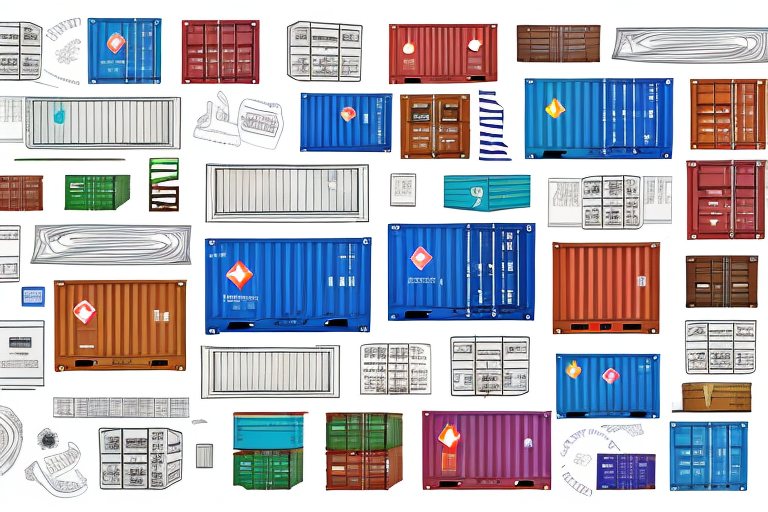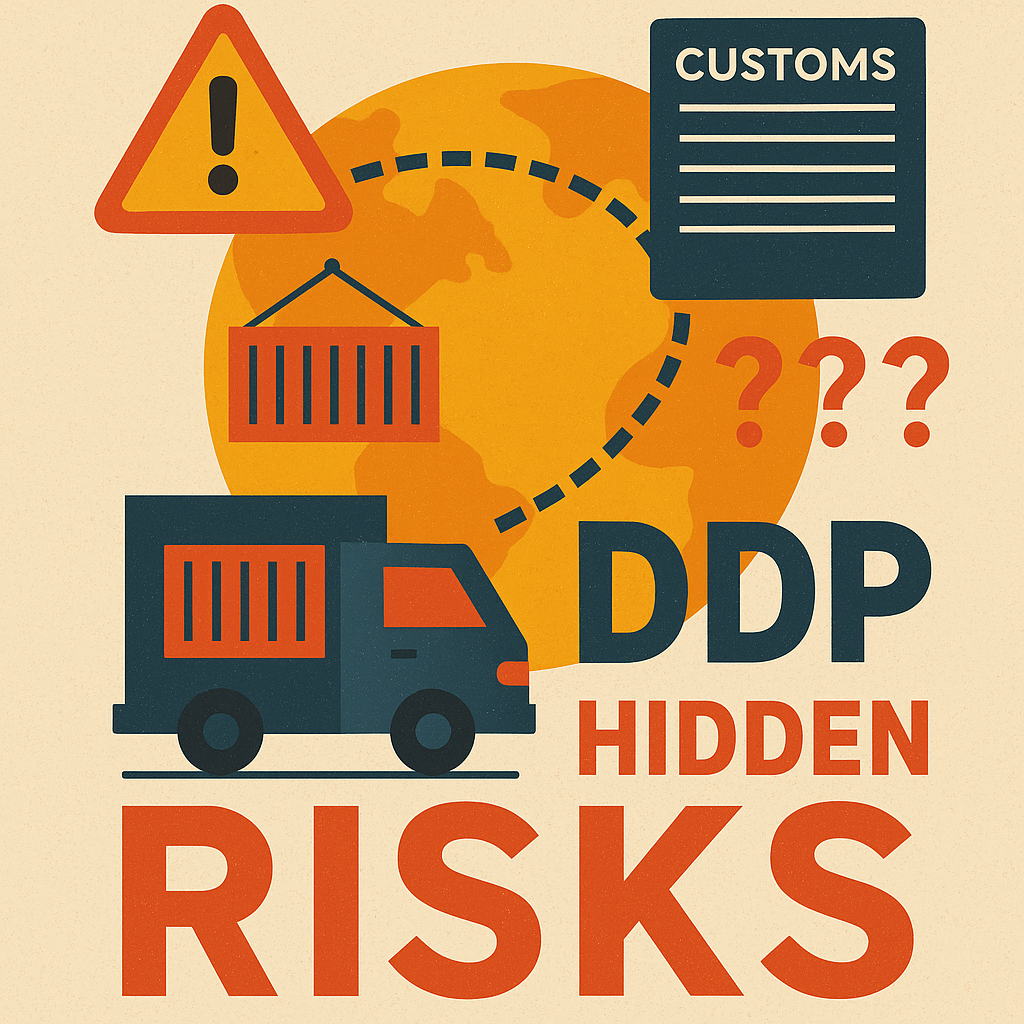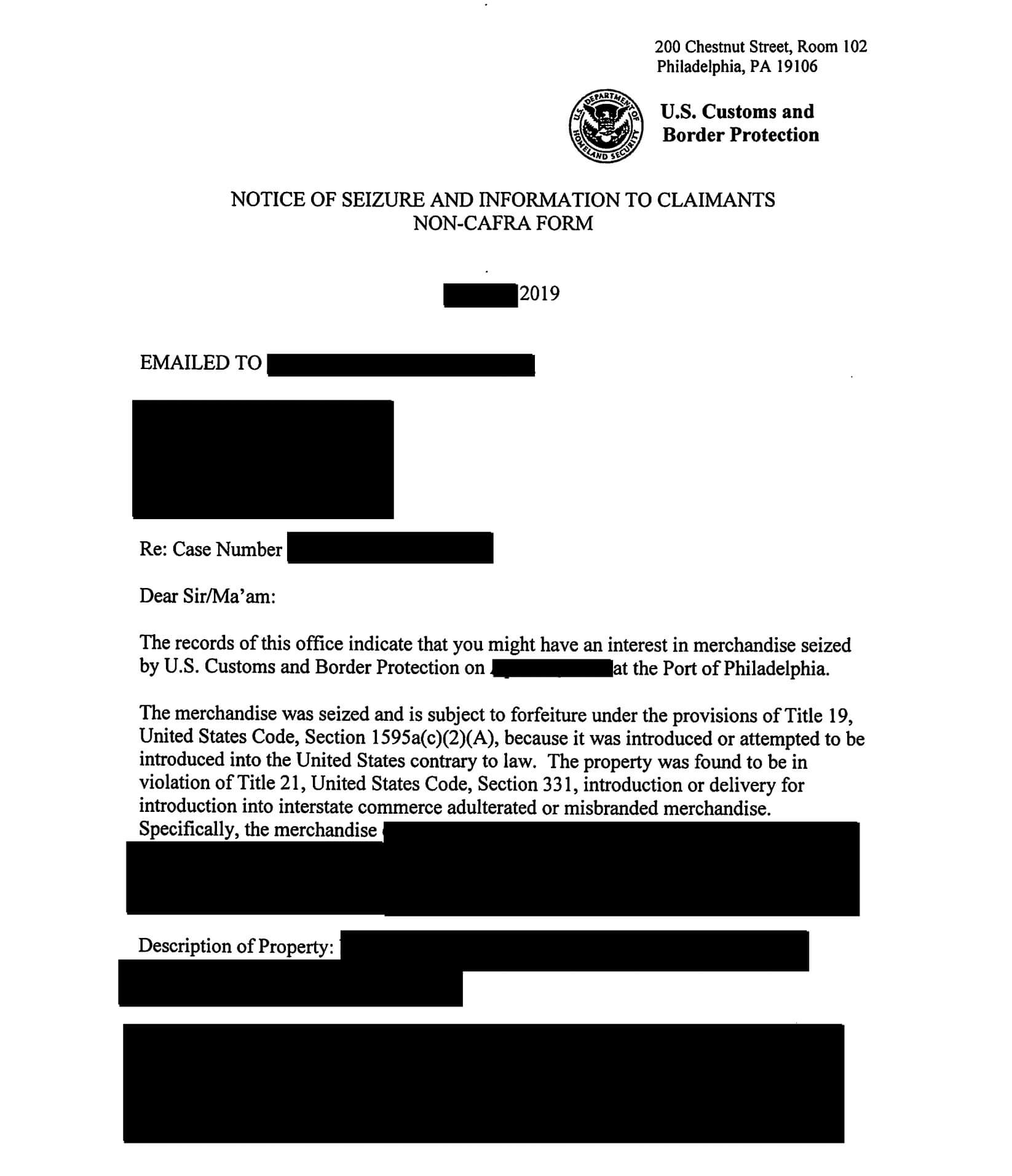In today’s global marketplace, import classification plays a crucial role in ensuring compliance with customs regulations and maximizing operational efficiency. Proper import classification is essential for businesses that engage in international trade, as it determines the applicable duties, taxes, and restrictions for goods being imported. To facilitate the smooth flow of goods across borders, it is imperative to train your team on import classification.
Why Import Classification is Important for Your Business
Import classification is not just a bureaucratic requirement; it directly impacts your bottom line. Accurate classification enables you to minimize costs by identifying duty-saving opportunities and avoiding potential penalties or delays at customs. Moreover, it helps establish your company’s reputation as a reliable and compliant trading partner.
Import classification also plays a pivotal role in supply chain management. It provides vital information for inventory planning, transportation logistics, and strategic decision-making. Having a well-trained team proficient in import classification can positively influence these aspects of your business, leading to improved efficiency and profitability.
Key Concepts and Terminology in Import Classification
Before diving into the specifics of import classification, it is essential to familiarize yourself with key concepts and terminology. This knowledge will serve as the foundation for your team’s understanding of this complex subject.
One central concept in import classification is the Harmonized System (HS). The HS is an internationally recognized system used to classify goods for customs purposes. It is based on a hierarchical structure of numerical codes, with each code representing a specific product or group of products. Understanding HS codes is crucial for accurate import classification, as it determines the applicable duties, taxes, and trade regulations for a particular product.
Other important concepts include country of origin, value determination, preferential trade agreements, and additional classifications such as regulatory controls, anti-dumping measures, and strategic goods. Familiarizing your team with these terms will provide them with a solid foundation for further training in import classification.
Understanding Harmonized System (HS) Codes
The Harmonized System (HS) codes are a critical component of import classification. These codes form the building blocks for accurately identifying and classifying goods being imported. Each HS code corresponds to a specific product or group of products, and it serves as a universal language recognized by customs authorities worldwide.
The HS code structure consists of six digits, with additional digits for more detailed product identification in some countries. These codes are continually revised and updated to reflect changes in international trade and advancements in product technology. It is crucial to stay updated with the latest versions of HS codes to ensure accurate classification.
Classifying goods according to HS codes involves a thorough analysis of the product’s composition, function, and intended use. It is essential to review the General Rules of Interpretation (GRIs) and any additional interpretive rules provided by the country’s customs authorities to determine the correct classification. Additionally, using ancillary tools such as customs databases, trade publications, and professional guidance can further enhance classification accuracy.
The Role of Import Classification in Customs Compliance
Customs compliance is a critical aspect of international trade. Import classification plays a vital role in ensuring compliance with customs regulations, both at the national and international levels.
Accurate import classification enables businesses to fulfill their legal obligations, such as providing accurate documentation, paying the correct duties and taxes, and complying with trade restrictions or licensing requirements. Failure to comply with these regulations can result in penalties, delays, reputational damage, and even legal actions.
Moreover, import classification is closely linked to risk management. Customs authorities use classification data to assess the level of risk associated with imported goods. By properly classifying your imports, you demonstrate transparency and integrity, reducing the likelihood of customs audits or inspections. Compliance with customs regulations not only safeguards your business but also contributes to the overall security and facilitation of international trade.
Benefits of Proper Import Classification
The benefits of proper import classification go beyond mere compliance. A well-executed import classification strategy offers several advantages for your business.
Firstly, accurate classification enables you to optimize your duty and tax payments. Through careful analysis and understanding of applicable customs rules, you can identify duty-saving opportunities such as preference programs, tariff exemptions, or reduced duty rates. This can result in substantial cost savings and a competitive advantage in the marketplace.
Secondly, proper import classification enhances supply chain visibility and control. By classifying goods accurately, you gain valuable insights into your inventory, transportation costs, and overall supply chain performance. This information allows you to make informed decisions about sourcing, production, and distribution, leading to improved operational efficiency and customer satisfaction.
Additionally, accurate classification helps establish your business as a reliable and compliant trading partner. Customers, suppliers, and regulatory authorities have confidence in your ability to abide by customs regulations, which strengthens your business relationships and opens doors to new opportunities.
Common Challenges in Import Classification
As with any complex process, import classification is not without its challenges. Some common obstacles faced by businesses include:
1. Lack of knowledge or training: Many companies struggle with import classification due to a lack of understanding or training in this area. Without adequate knowledge, it can be challenging to determine the correct HS code or interpret complex customs regulations.
2. Language and cultural barriers: International trade involves dealing with multiple languages, cultures, and legal systems. Language barriers, cultural differences, and varying interpretations of customs regulations can create additional challenges in import classification.
3. Product complexity: Some products have complex compositions, functions, or intended uses, making it difficult to classify them accurately. Classifying new or innovative products that do not fit neatly into existing categories can be particularly challenging.
4. Keeping up with changes: The ever-evolving nature of international trade and customs regulations means that businesses must stay updated with changes in HS codes, trade agreements, and regulatory requirements. Failure to do so can lead to misclassifications and compliance issues.
While these challenges can be daunting, they can be overcome through proper training, leveraging technology, and proactive engagement with customs authorities and industry experts.
Best Practices for Training Your Team on Import Classification
Training your team on import classification is a crucial step towards ensuring compliance and optimizing your international trade operations. Implementing best practices can help enhance the effectiveness of your training program:
1. Develop a comprehensive training plan: Start by identifying the specific training needs of your team. Determine the scope and depth of knowledge required, considering factors such as the complexity of your product range, regional trade considerations, and relevant legal obligations. Create a training plan that covers these areas comprehensively.
2. Tailor training to different roles: Different team members may have varying levels of involvement in the import classification process. Tailor your training program to address the specific needs of individual roles, ensuring everyone receives the necessary knowledge and skills to fulfill their responsibilities.
3. Provide a mix of training methods: People have different learning styles and preferences. Incorporate a combination of training methods, such as classroom-style sessions, online courses, workshops, and hands-on exercises, to cater to diverse learning needs. This approach helps reinforce understanding and engagement.
4. Engage subject matter experts: Import classification is a complex subject requiring expertise in customs regulations, international trade, and product knowledge. Engage subject matter experts to design and deliver training materials, ensuring accuracy and credibility.
5. Encourage continuous learning: Import classification is a constantly evolving field. Encourage your team to stay updated with the latest developments through industry publications, seminars, webinars, and professional certifications. Foster a culture of continuous learning and provide resources to support ongoing education.
By implementing these best practices, you can build a team that is knowledgeable, confident, and capable of navigating the complexities of import classification.
Building a Strong Foundation: Basics of Import Classification Training
Before diving into advanced topics, it is crucial to give your team a strong foundation in the basics of import classification. This training should cover essential concepts and principles, such as:
1. Understanding the Harmonized System (HS) codes: Familiarize your team with the HS code structure, its purpose, and how it is used for import classification. Explain the importance of accurate classification and its impact on duty payments, trade restrictions, and compliance.
2. General Rules of Interpretation (GRIs): Introduce the GRIs and how they are applied to determine the correct classification of goods. Walk your team through examples and case studies to illustrate how the GRIs are used in practice.
3. Product identification: Teach your team how to analyze a product’s composition, features, and intended use to determine its classification. Provide practical exercises to help them develop their skills in identifying key characteristics for classification purposes.
4. Classification resources: Familiarize your team with the resources available for accurate classification, such as customs databases, trade publications, and professional networks. Teach them how to navigate these resources effectively to find the correct classification information.
5. Documentation requirements: Explain the importance of complete and accurate documentation for import classification. Teach your team how to properly complete customs declarations, invoices, and other relevant documents to ensure compliance.
By equipping your team with this foundational knowledge, you set them up for success in more advanced import classification training and enable them to make informed decisions in their day-to-day responsibilities.
Selecting the Right Training Methods for Import Classification
When designing your import classification training program, it is essential to select the right training methods that best suit your team’s needs. Consider the following factors:
1. Learning preferences: Assess your team’s preferred learning styles and preferences. Some individuals may prefer traditional classroom-style training, while others may thrive in more interactive and hands-on environments. Adapt your training methods to accommodate these preferences.
2. Practical application: Import classification training is most effective when it provides practical application opportunities. Incorporate case studies, real-life scenarios, and hands-on exercises to enable your team to practice classification techniques and reinforce their learning.
3. Online resources: Leverage the power of technology by utilizing online resources and e-learning platforms. Online training modules can provide flexibility and accessibility for team members who may have scheduling constraints or work remotely.
4. Workshops and group activities: Encourage collaboration and knowledge sharing by organizing workshops and group activities. These sessions allow team members to learn from each other’s experiences, discuss challenging scenarios, and gain insights into different perspectives.
5. Continuous assessment: Incorporate periodic assessments and quizzes to gauge your team’s understanding and progress. These evaluations provide valuable feedback and help identify areas that may require additional training or support.
By selecting the right training methods, you can create an engaging and effective learning environment that maximizes your team’s understanding and retention of import classification principles.
Creating an Effective Import Classification Training Program
An effective import classification training program goes beyond imparting knowledge; it involves a holistic approach that provides practical skills, reinforces learning, and nurtures ongoing development. Here are some key steps to create an impactful training program:
1. Assess training needs: Conduct a thorough assessment of your team’s current knowledge and skills in import classification. Identify areas that require improvement and determine the desired level of proficiency for each role.
2. Set clear learning objectives: Define clear and measurable learning objectives for your training program. Be specific about the knowledge and skills you expect your team to acquire by the end of the program.
3. Develop a structured curriculum: Design a structured curriculum that covers all relevant topics and progressively builds upon foundational knowledge. Break down complex concepts into bite-sized modules to facilitate understanding and retention.
4. Use a variety of training methods: As discussed earlier, incorporate a mix of training methods to cater to different learning preferences. Consider a combination of classroom-style sessions, online modules, workshops, and hands-on exercises to ensure maximum engagement and knowledge transfer.
5. Provide practical application opportunities: Import classification is a skill that improves with practice. Provide your team with ample opportunities to apply their knowledge through case studies, group activities, and practical exercises. Provide feedback and guidance to enhance their learning experience.
6. Encourage ongoing learning and development: Import classification is a continuously evolving field. Encourage your team to stay updated with the latest developments in customs regulations, trade agreements, and product classifications. Provide resources for ongoing education and facilitate networking opportunities within the import classification community.
By creating an effective training program, you empower your team to become confident and proficient in import classification, setting the stage for enhanced compliance and operational efficiency.
Case Studies: Successful Implementation of Import Classification Training
Real-world case studies can provide valuable insights into the successful implementation of import classification training programs. Let’s explore a couple of examples:
Case Study 1: Import Classification Training for a Consumer Electronics Company
A leading consumer electronics company realized the need to improve their import classification accuracy to reduce costs and streamline international trade operations. They developed a comprehensive training program that included both foundational knowledge and advanced classification techniques.
The training program incorporated real-life examples specific to the company’s product range. It utilized a mix of in-person training sessions, online modules, and interactive workshops. The team had access to a custom-built online platform that allowed them to practice classification exercises and receive immediate feedback.
Regular assessments and evaluations were conducted to track progress and identify areas for improvement. The team also had access to subject matter experts who provided ongoing support and guidance.
The company experienced significant improvements in import classification accuracy, leading to substantial cost savings and faster customs clearance. The team’s improved understanding of import classification also facilitated better collaboration with suppliers, resulting in smoother supply chain operations.
Case Study 2: Import Classification Training for a Global Logistics Provider
A global logistics provider recognized the critical role of import classification in ensuring compliance and minimizing risks for their clients. They developed a comprehensive import classification training program for their operations team.
The training program covered not only the basics of import classification but also focused on industry-specific challenges, such as distinguishing between similar products, managing multi-country shipments, and ensuring compliance with specialized trade regulations.
The training methods included a combination of classroom-style sessions, case studies, and on-the






